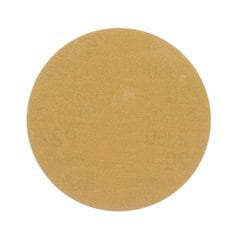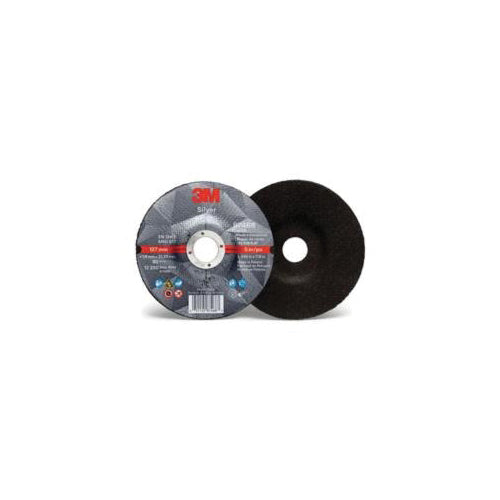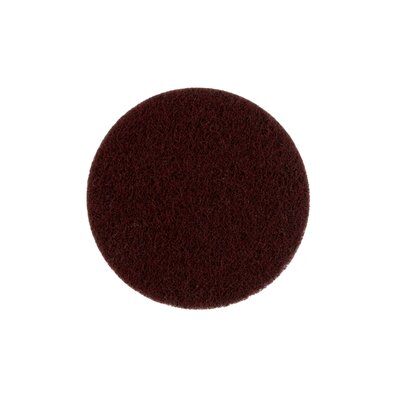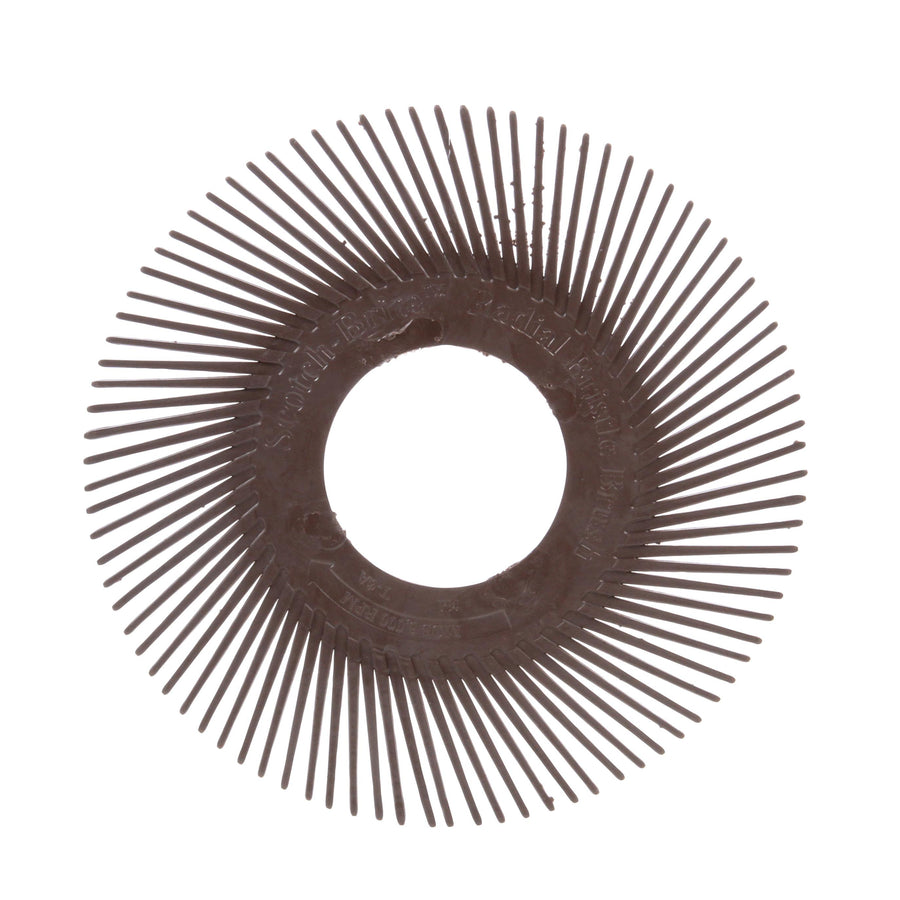What Are Common Mistakes to Avoid When Using Sandpaper?
Using sandpaper might seem like a straightforward task, but many people make common mistakes that can hinder their sanding projects and lead to unsatisfactory results. Whether you're a novice or have some experience, understanding these pitfalls can significantly enhance your results. This comprehensive guide will walk you through the most frequent sandpaper mistakes and how to avoid them, ensuring smooth and professional finishes every time.
Importance of Correct Sandpaper Use
Before diving into the common mistakes, it's crucial to understand why proper sandpaper use is vital. Sanding prepares surfaces for finishing, ensuring that paint, stain, or varnish adheres correctly. Improper sanding can lead to visible scratches, uneven surfaces, and a poor finish. Using the right techniques and tools can make a significant difference in the quality of your work.

Common Mistakes and How to Avoid Them
- Using the Wrong Grit
Mistake: Choosing the wrong grit for your project can lead to ineffective sanding. Coarse grits can remove material too quickly, while fine grits might not remove imperfections adequately.
Solution:
- Start with the Right Grit: For rough surfaces or significant material removal, start with a coarse grit like 40-60. For smoothing surfaces, a medium grit like 80-120 is appropriate. For final finishing, use a fine grit like 180-220.
- Progress Gradually: Begin with a coarse grit and progressively move to finer grits. This ensures that each stage removes the scratches from the previous grit.
- Skipping Grit Stages
Mistake: Jumping from a coarse grit directly to a fine grit skips intermediate steps, leaving deep scratches that are difficult to remove.
Solution:
- Follow a Sequence: Always move through the grits sequentially. For example, start with 80 grit, then move to 120, and finish with 220. This method ensures a smooth surface by gradually reducing scratch size.
- Sanding Against the Grain
Mistake: Sanding against the grain can cause deep scratches and roughness, particularly in wood projects.
Solution:
- Sand with the Grain: Always sand in the direction of the wood grain. This minimizes scratches and ensures a smoother finish. If you're unsure, examine the wood's natural lines and follow them.
- Applying Too Much Pressure
Mistake: Pressing too hard can create uneven surfaces and wear out the sandpaper quickly.
Solution:
- Use Light, Even Pressure: Let the sandpaper do the work. Apply consistent, light pressure to avoid gouging the material. This approach also extends the life of your sandpaper.
- Not Changing Sandpaper Frequently
Mistake: Using worn-out sandpaper is ineffective and can damage your work surface.
Solution:
- Replace Sandpaper Regularly: Change sandpaper as soon as it becomes clogged or loses its abrasiveness. Fresh sandpaper ensures effective sanding and better results.

Detailed Guidance for Avoiding These Mistakes
To achieve the best results in your sanding projects, follow these detailed tips:
Select Quality Sandpaper
Choosing high-quality sandpaper from trusted brands like Klingspor, 3M, SIA, Sait, and Saint Gobain/Norton is crucial. These brands offer durability and consistent performance, which are essential for achieving a smooth finish.
Inspect Surfaces Before Starting
Examine the surface for any imperfections, such as dents, gouges, or old finishes that need to be removed. Knowing what you need to address will help you select the correct grit and sanding method.
Test Sandpaper on Scrap Material
Before starting on your main project, test your sandpaper on a piece of scrap material. This helps you gauge its effectiveness and adjust your approach if necessary. Testing ensures that you don’t accidentally damage your project.
Maintain Clean Sandpaper

Clean sandpaper periodically to remove dust and debris. This can be done using a sandpaper cleaning block or an old toothbrush. Clean sandpaper works more efficiently and provides a better finish.
Use Proper Sanding Tools
For large surfaces, consider using a sanding block or an electric sander. This ensures even pressure and better control. Sanding blocks help distribute pressure evenly, reducing the risk of creating dips and uneven spots.
Understand Different Sandpaper Types
Sandpaper comes in various types designed for different tasks. Aluminum oxide sandpaper is great for wood and metal, while silicon carbide sandpaper is best for sanding between coats of finish. Knowing the right type to use can improve your results.
Chart: Sandpaper Grit Guide
|
Grit Number |
Use Case |
|
40-60 |
Removing material, rough sanding |
|
80-120 |
General sanding, smoothing |
|
180-220 |
Finishing, preparing for paint |
|
320-400 |
Fine finishing, between coats |
Best Practices for Specific Projects
Sanding Wood
- Preparation: Remove any nails or staples from the wood.
- Grit Selection: Start with 80 grit if the surface is rough, then move to 120 and finish with 220.
- Technique: Sand with the grain using a sanding block or an electric sander.
- Final Check: Wipe the surface with a tack cloth to remove dust before applying the finish.
Sanding Metal
- Preparation: Clean the metal surface to remove grease and dirt.
- Grit Selection: Start with 80 grit for rust removal, move to 120 grit for smoothing, and finish with 220 grit for a polished look.
- Technique: Sand in a circular motion to avoid scratches.
- Final Check: Use a microfiber cloth to clean the surface before painting or coating.
Sanding Drywall
- Preparation: Ensure the drywall compound is fully dry.
- Grit Selection: Start with 120 grit to smooth out any bumps and finish with 220 grit for a fine, smooth surface.
- Technique: Use a pole sander for high areas and a sanding sponge for corners.
- Final Check: Inspect with a light source to ensure no imperfections remain.
Advanced Tips for Better Sanding

Use a Sanding Sealer
For wood projects, applying a sanding sealer can fill in the grain and create a smoother surface for sanding. This is especially useful for open-grain woods like oak or mahogany.
Wet Sanding for Ultra-Smooth Finishes
Wet sanding, using water as a lubricant, can create ultra-smooth finishes, particularly on automotive paint or between coats of polyurethane. Use waterproof sandpaper and ensure the surface is thoroughly dry before applying the next coat.
Vacuum Between Sanding Steps
Vacuuming the surface between each sanding step removes fine dust that can cause scratches and interfere with the finish. This step is crucial for achieving a flawless result.
Common Misconceptions About Sanding
- More Pressure Equals Faster Sanding: This is not true. Applying too much pressure can cause uneven surfaces and damage the material.
- Skipping Grits Saves Time: Skipping grits might save a few minutes initially but will lead to more time spent correcting mistakes and achieving a smooth finish.
- All Sandpapers Are the Same: Different types of sandpaper are designed for specific materials and purposes. Using the correct type ensures better results and efficiency.

Additional Techniques for Enhanced Results
Using Sandpaper with Power Tools
While hand sanding is effective for precision work, power tools can speed up the process and provide consistent results. Here’s how to integrate sandpaper with common power tools:
- Orbital Sanders: These are ideal for large, flat surfaces. Use circular motions to avoid creating swirl marks.
- Belt Sanders: Perfect for rapid material removal. Ensure you keep the sander moving to avoid gouges.
- Detail Sanders: Great for corners and intricate details. Use fine grit sandpaper to avoid over-sanding.
Proper Disposal of Used Sandpaper
Disposing of used sandpaper correctly is important to maintain a clean work environment and adhere to safety standards. Collect used sandpaper in a designated container and follow local waste disposal regulations. Some types of sandpaper, particularly those used with hazardous materials, may require special disposal methods.
Maintaining Your Sandpaper Supplies
To extend the life of your sandpaper and maintain its effectiveness, store it properly. Keep sandpaper in a dry, cool place away from direct sunlight. Use a storage system to organize different grits and types, ensuring you can quickly find the right sandpaper for your project.
Conclusion
Avoiding these common sandpaper mistakes can significantly improve your sanding projects, leading to smoother finishes and better results. Remember to use the correct grit, follow a sequential sanding process, sand with the grain, apply the right amount of pressure, and change your sandpaper frequently.
For more detailed advice and quality sandpaper products, visit The Sandpaper People. If you have any questions or need further assistance, don't hesitate to contact our customer service representatives.
Key Takeaways for Beginners
- Start with the Right Grit: Match the sandpaper grit to your project needs.
- Progress Gradually: Move through grit stages sequentially.
- Sand with the Grain: Follow the natural lines of the wood or material.
- Apply Light Pressure: Let the sandpaper do the work.
- Change Sandpaper Regularly: Keep your sandpaper fresh for effective sanding.
By following these guidelines, you'll ensure effective sanding and achieve the best results in your projects. Happy sanding!











Leave a comment